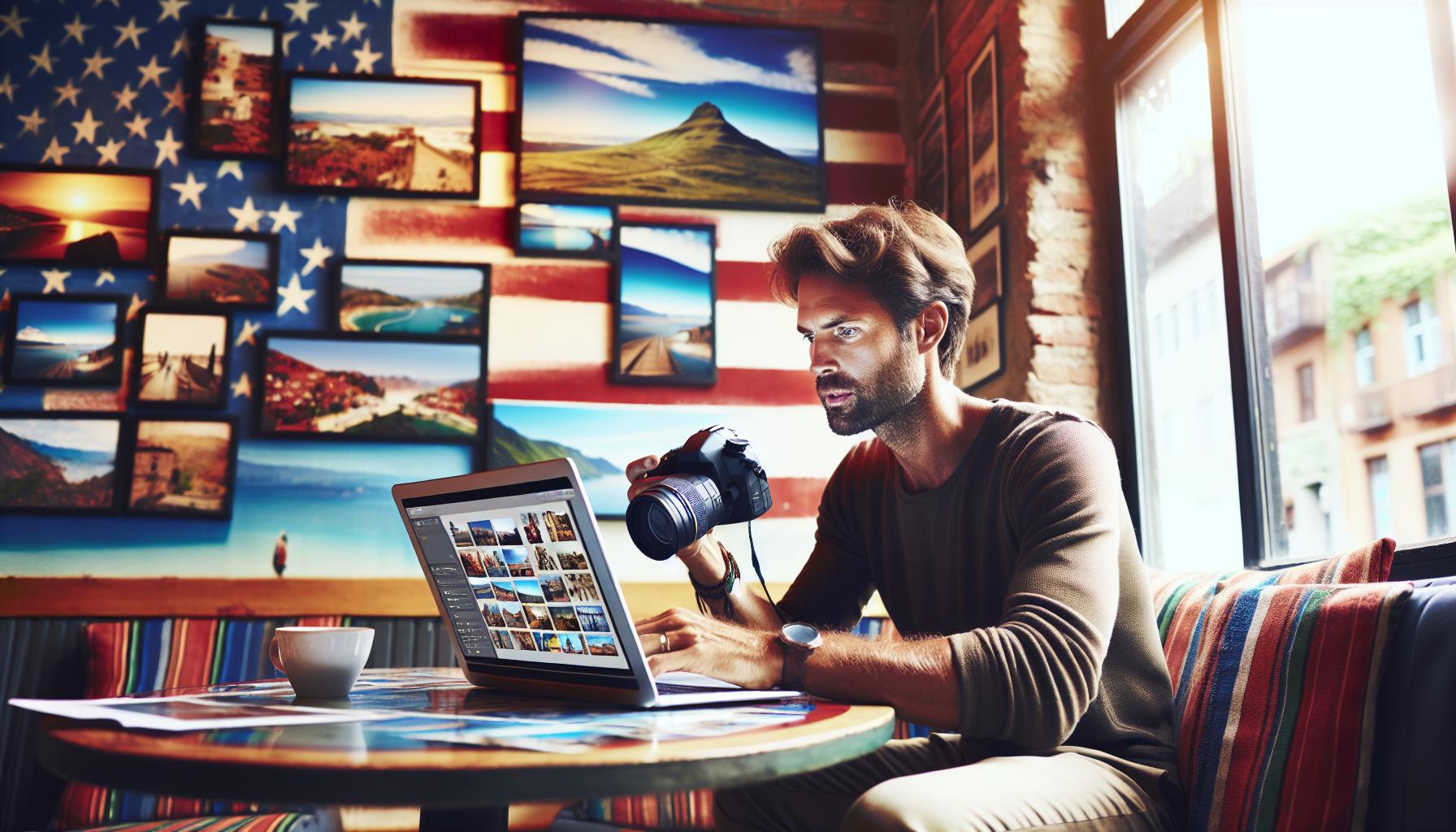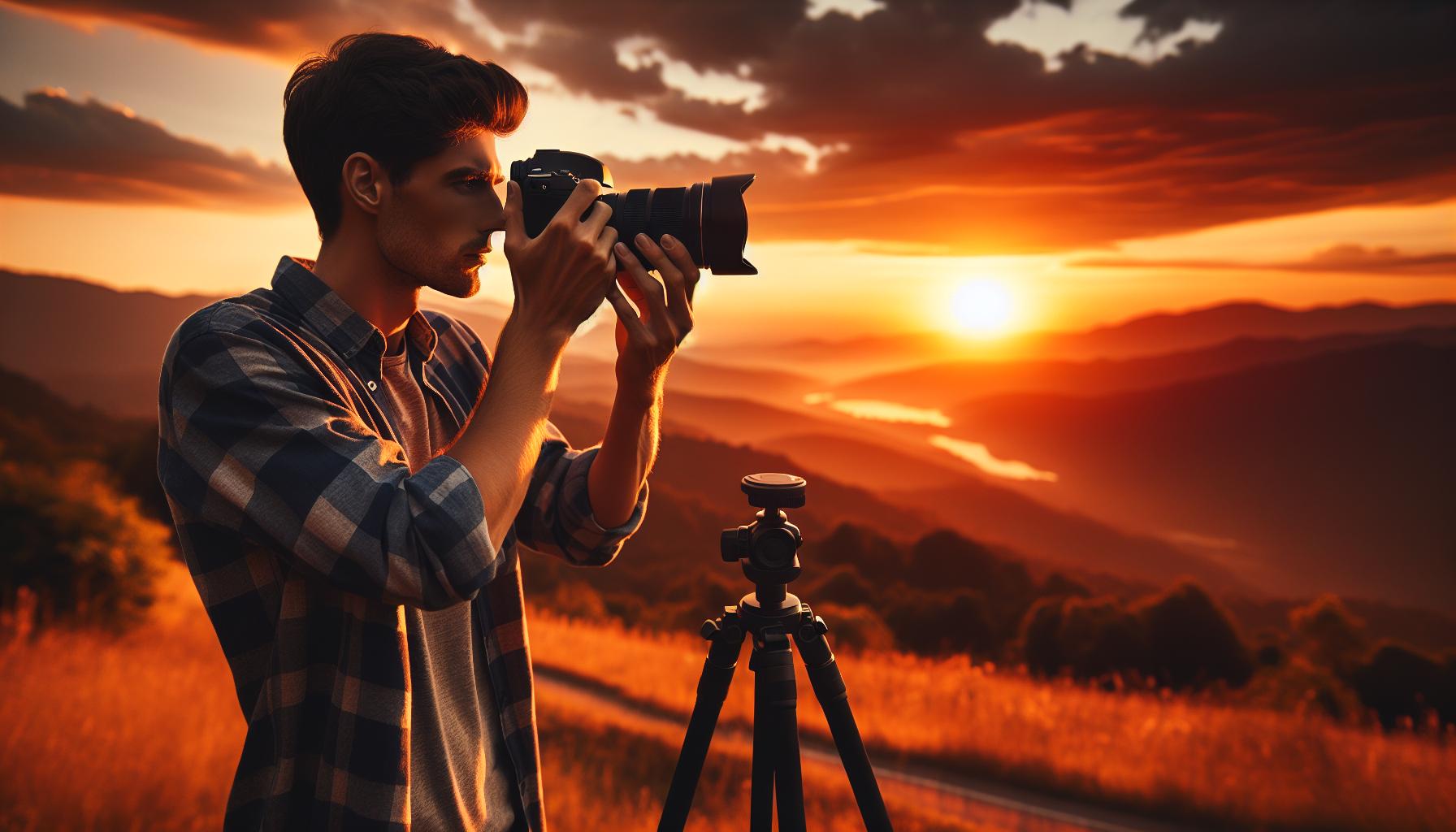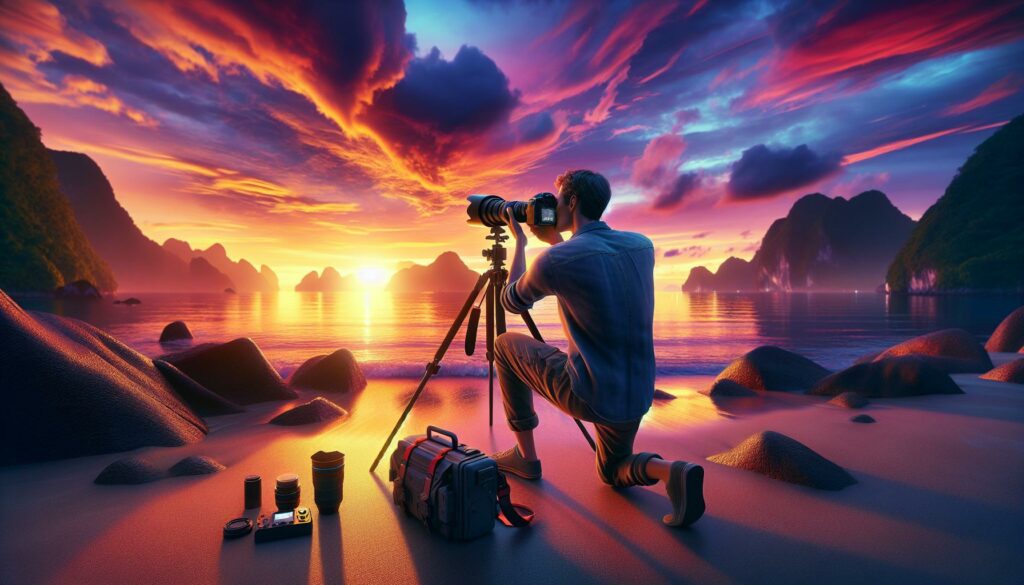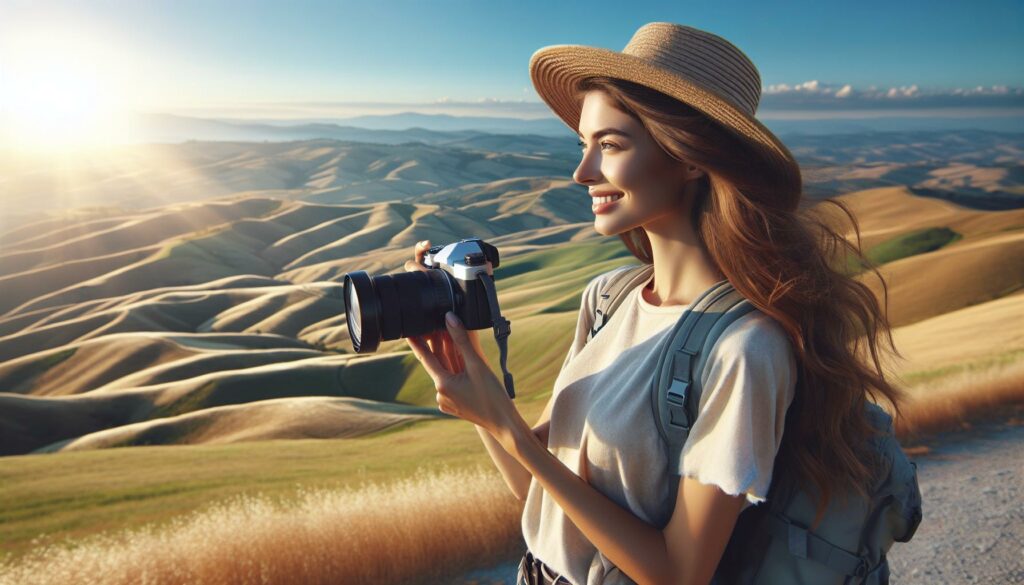Travel photography isn’t just about snapping pictures; it’s about capturing the essence of a place and the stories that unfold within it. As I’ve wandered through bustling markets and serene landscapes, I’ve learned that the right techniques can transform ordinary moments into extraordinary memories. Whether you’re a beginner or looking to refine your skills, understanding the fundamentals can elevate your travel photography game.
In this tutorial, I’ll share tips and tricks that have helped me along the way. From composition and lighting to the gear I swear by, you’ll discover how to make your travel photos not just good but unforgettable. Let’s embark on this journey together and unlock the secrets to stunning travel photography.
Key Takeaways
- Essence of Travel Photography: It captures the stories and experiences of diverse locations, transforming ordinary moments into compelling visuals.
- Essential Equipment: Invest in quality gear like a DSLR or mirrorless camera, versatile lenses, and accessories like tripods and filters to enhance your photography.
- Composition Techniques: Utilize strategies such as the rule of thirds, leading lines, and framing to create balanced and visually appealing images.
- Lighting Importance: Shoot during the golden and blue hours for optimal lighting conditions, employing natural light to enhance details and evoke emotions.
- Post-Processing Tools: Use editing software like Adobe Lightroom and Photoshop to refine your photos, focusing on techniques such as cropping, exposure correction, and color grading for better results.
- Continual Learning: Dedicate time to practice and master your photography skills, as ongoing learning will improve your ability to capture vibrant stories from your travels.
Travel Photography Tutorial
Travel photography captures the essence and stories of a place. It transforms ordinary moments into striking images, offering a visual narrative of my adventures.
The Importance of Travel Photography
Travel photography plays a crucial role in documenting experiences and cultures. It preserves memories, allowing me to share my journey with others. It fosters a connection between viewers and diverse environments, creating a sense of wonder and appreciation for different lifestyles. Effective travel photography can inspire others to explore new destinations, promoting a broader understanding of the world.
Essential Equipment for Travel Photography
Selecting the right equipment enhances my travel photography experience. Here are essential items to consider:
- Camera: A DSLR or mirrorless camera provides flexibility and superior image quality.
- Lenses: A versatile zoom lens covers various scenarios, while a prime lens excels in low light.
- Tripod: A sturdy tripod stabilizes shots, particularly in low light or for long exposure.
- Filters: Polarizing filters reduce glare and enhance colors, while ND filters create motion effects in bright conditions.
- Extra Batteries: Carrying additional batteries ensures I won’t miss moments due to power loss.
- Memory Cards: High-capacity and fast memory cards allow for extended shooting sessions without interruptions.
Investing in the right tools significantly impacts the quality of my travel photos, enabling me to capture stunning, unforgettable moments.
Techniques for Great Travel Photography

Capturing stunning travel photographs requires mastering specific techniques. These techniques can elevate your images and tell compelling stories about your experiences.
Composition Tips for Travel Shots
- Rule of Thirds: Divide your frame into a 3×3 grid. Position key elements along these lines or at their intersections to create balance.
- Leading Lines: Utilize paths, roads, or rivers that guide the viewer’s eye into the scene. This draws attention to your subject.
- Framing: Incorporate natural frames like windows or archways to focus attention on your subject.
- Depth: Add layers by including foreground, middle ground, and background elements. This creates a sense of depth and dimension.
- Symmetry and Patterns: Look for symmetrical scenes or repeating patterns. These elements can add a sense of harmony to your images.
- Golden Hour: Shoot during the golden hour, shortly after sunrise or before sunset. Soft light during these times enhances colors and reduces harsh shadows.
- Blue Hour: Capture images during the blue hour, just before sunrise or after sunset. The cool tones create a magical atmosphere in your photos.
- Natural Light: Use natural light to your advantage. Overcast days diffuse sunlight, resulting in even lighting, which reduces contrasts.
- Shadows: Pay attention to shadows, as they can add depth and interest to your compositions. Use shadows creatively to enhance your photographs.
- Timing: Be patient and wait for the right moment. Capture spontaneous interactions and movements to bring life to your images.
Incorporating these techniques systematically enhances the quality and storytelling ability of your travel photographs.
Post-Processing Your Travel Photos

Post-processing enhances travel photographs, allowing personal expression while correcting imperfections. Utilizing software tools optimizes image quality and storytelling.
Recommended Software and Tools
- Adobe Lightroom: Excellent for organizing and editing travel photography tutorial. Its powerful adjustment tools allow for color correction and exposure enhancements.
- Adobe Photoshop: Ideal for detailed editing tasks like retouching and compositing images. It provides advanced features for creating unique effects.
- Capture One: Favored by professionals, it offers exceptional color grading capabilities and tethering options for studio shooting.
- Affinity Photo: A cost-effective alternative to Photoshop, it includes robust editing features, making it excellent for high-quality photo retouching.
- GIMP: A free tool packed with powerful features similar to Photoshop, perfect for those on a budget.
- Cropping: Trim unnecessary elements to focus on the subject, following the rule of thirds for better composition.
- Adjusting Exposure: Correct underexposed or overexposed images by tweaking brightness and contrast to enhance details.
- Color Correction: Apply adjustments to white balance and saturation, ensuring the colors reflect the scene accurately.
- Sharpening: Enhance details by sharpening the image slightly; avoid over-sharpening, which can create artifacts.
- Noise Reduction: Minimize digital noise, especially in low-light photographs, using noisy reduction tools available in most editing software.
Final Thoughts on Travel Photography Tutorial

Effective travel photography combines the right equipment, techniques, and post-processing to create compelling images. I’ve found that understanding my camera’s capabilities and choosing the appropriate lenses makes a significant difference in capturing the essence of a location. Always bring a lightweight tripod for stability and consider filters to manage lighting conditions and improve image quality.
Composition plays a pivotal role in travel photography. I apply the rule of thirds to create balanced images, use leading lines to draw attention, and frame subjects effectively. Noticing the depth and symmetry of each scene enriches the overall composition. These elements help transform ordinary moments into captivating visuals.
Lighting can make or break a photograph. I prefer shooting during the golden hour for warm tones and soft shadows. Natural light enhances details and evokes emotions, while experimenting with shadows adds depth to my photos.
Post-processing is essential for refining images and expressing creativity. I use Adobe Lightroom for organizing my collection and basic edits, while Adobe Photoshop allows for precise adjustments and detailed work. For color grading, I rely on Capture One, and for budget-friendly options, Affinity Photo and GIMP provide great alternatives. Simple adjustments like cropping, exposure correction, color balancing, sharpening, and noise reduction can elevate my travel photos significantly.
Overall, the journey of mastering travel photography involves continual learning and practice. Through dedication to my craft, I can document the vibrant stories and cultures encountered during my travels, inspiring others to explore the world.
Sharing Experiences and Stories
Travel photography is a powerful way to share experiences and stories from around the world. By mastering the right techniques and utilizing essential equipment, I can transform ordinary moments into stunning visuals that resonate with others.
Post-processing plays a vital role in refining my images and allowing for personal expression. Each photo I take is an opportunity to connect with viewers and inspire them to explore new destinations.
As I continue this journey, I’m reminded that the art of travel photography is about more than just the pictures; it’s about capturing the essence of the places I visit and the memories I create along the way.



